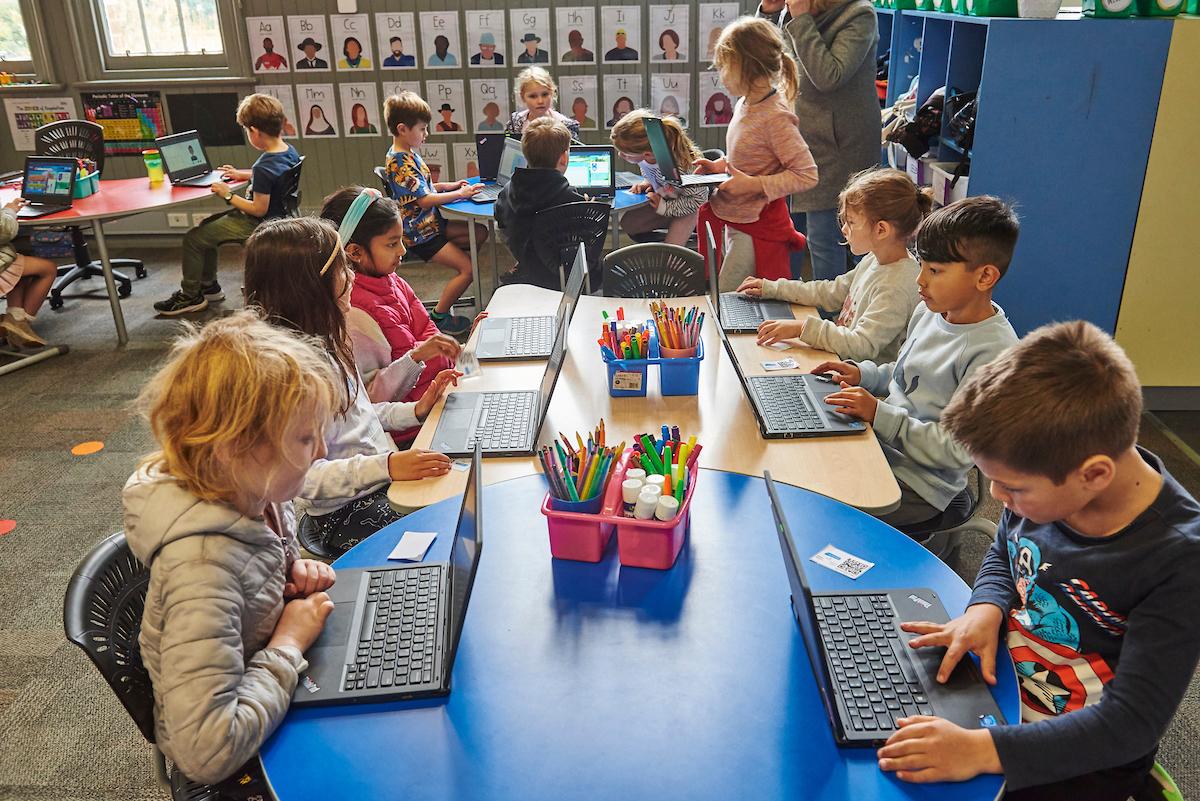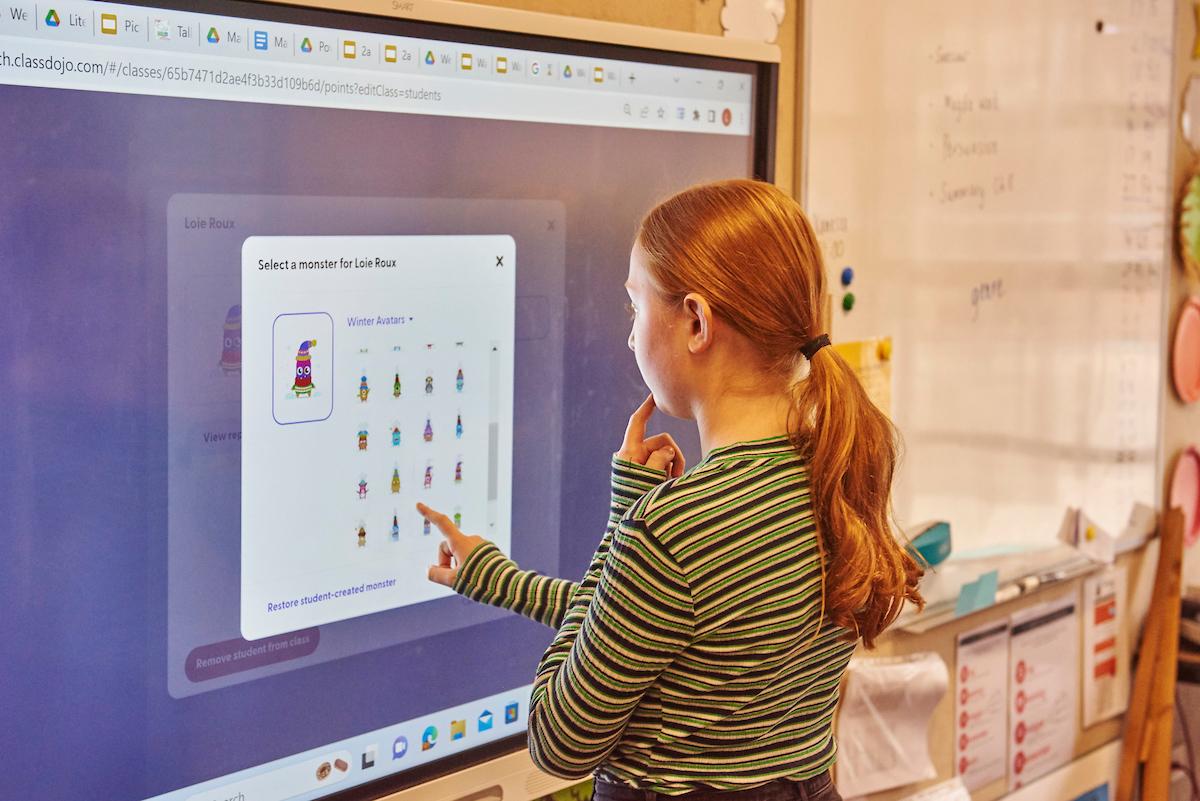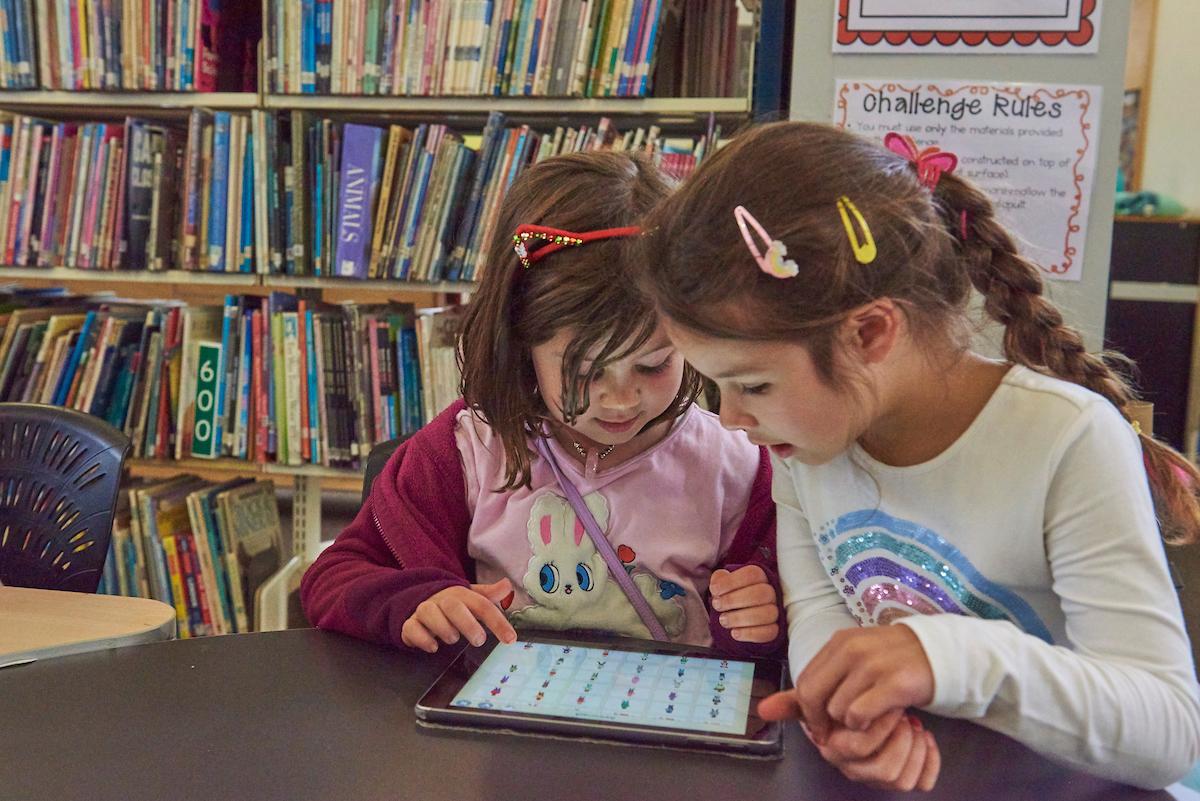Staying Safe Online
Our updated Digital Technology Acceptable Use Agreement

Staying Safe Online
Our updated Digital Technology Acceptable Use Agreement
At SKiPPS, the safety and wellbeing of our students extends beyond the schoolyard and into the digital world. With technology playing an ever-increasing role in children’s lives, it is essential that we take clear, proactive steps to teach responsible and safe digital practices.


Last week, our Education Subcommittee reviewed and endorsed an updated version of our school’s Digital Technologies Acceptable Use Agreement. This agreement underpins our approach to online safety and outlines the expectations we have for students, staff and families in how digital technologies are used at school.
The agreement reflects our responsibility under the Department of Education’s policy on Responsible Use of Digital Technologies, which sets clear requirements for keeping students safe in digital environments. Schools have an obligation to teach responsible online behaviour, supervise student technology use, and work in partnership with families to support students both at school and at home. Teachers will review the expectations and safe usage behaviours in accordance with this policy with all students at the beginning of each year. The policy provides for both student and parent/carer input and acknowledgment of safe practices with a signed agreement being returned to school.
The school is also committed to educating our students across F - 6 through online cybersafe education sessions conducted each term by an educational psychologist and cybersafe expert from Inform & Empower. Students in Years 1, 2 and 6 have undertaken these sessions this week.
Importantly, while we see great value in the use of digital technologies to enhance learning, at SKiPPS we are also very mindful about screen time and unsupervised access to devices. We want technology to augment and enrich student learning, not simply replace activities that could just as effectively be done using pen and paper, books, hands-on materials or face-to-face collaboration.


It is for this reason that we do not run a BYOD (Bring Your Own Device) program or a 1:1 device model. Instead, we provide access to shared school-owned devices, used intentionally and with clear educational purposes in mind. We believe this approach helps students experience the benefits of digital learning in a balanced, age-appropriate and teacher-led way.
Some of the key features of the SKiPPS agreement include:
This agreement is not just a form—it’s a vital part of how we educate and protect our students in a connected world. We encourage all families to read the full document with their child. You can find a copy of the 2025 agreement on our school website here:


Together, we can support our students to navigate the digital world with confidence, safety, and integrity—while also preserving the joy of real-world learning, conversation, and connection.